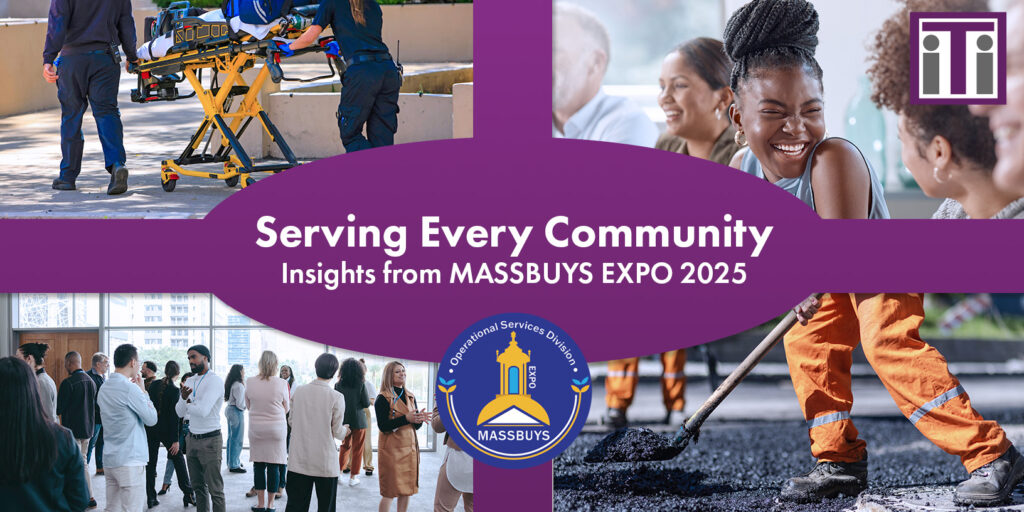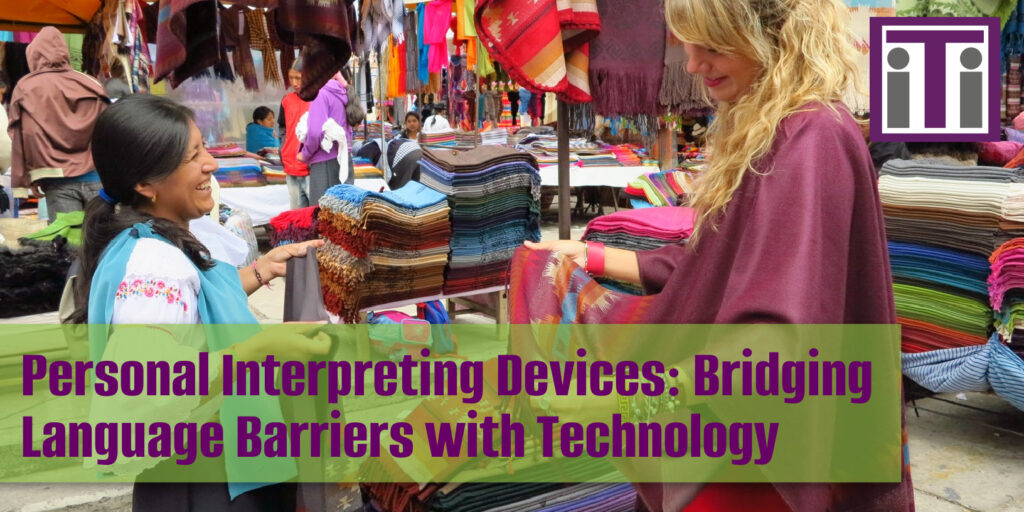The Role of Language in Workplace Safety
Reading Time: ~7 mins

Manufacturing translation is all about safety.
No matter the industry, when a non-English speaking worker can’t understand the safety training materials or is unable to communicate effectively with coworkers, your organization can suffer from low productivity, or worse, a high number of on-the-job injuries.
The Occupational Safety and Health Administration (OSHA) says that language barriers are a factor in 25% of on-the-job accidents. This is especially true in industries that use heavy machinery, such as manufacturing, oil and gas, agriculture, and construction. Safety manual translation, technical manual translation, and employee handbook translation are vital to keeping your workers safe, and your liability costs low.
As you continue to grow and build your company and your diverse workplace expands, you can take steps to improve workplace safety by providing your employees with safety training and associated materials in the language they know best.
Localized training materials can reduce workplace accidents and improve workers’ performance and retention.
According to an American Public Health Association (APHA) policy statement, many foreign-born individuals have limited English proficiency (LEP). These individuals are at higher risk of workplace injuries and fatalities. These risks are compounded by communication barriers that can prevent them from fully understanding and retaining safety training and other work-related information.
Research has shown that training written or conducted in a worker’s native language is more effective and leads to better comprehension than English-only content.
In fact, according to a study by Texas A&M, providing safety procedure training in a worker’s native language can be more effective and affordable than having the training done in lingua franca – a language adopted as a common language between workers with differing native languages. Professional translation services for training materials can ensure accurate localization and enable all workers to understand the necessary work safety information.
Doing a direct translation from English to another language for work safety manuals and training is not as simple as it sounds. Technical translations require specialized knowledge and expertise in the subject matter, as well as a keen understanding of the target language and culture. In a recent article titled “Precision Matters: 5 Key Considerations for Technical Translations,” we talk about the importance of accuracy in technical translations, and more.
Cultural fluency matters when translating training materials.
It’s not enough to simply translate the words of training documents; the materials must also be localized to ensure they are culturally appropriate and resonate with the workers.
It’s important to work with a language services company or translation agency that understands cultural beliefs and practices when performing document translation services for training and safety procedure materials for workers. Without this understanding and ability to be culturally appropriate, safety protocols may be ignored or misunderstood, leading to potential safety hazards.
Another important point is that companies who use Artificial Intelligence (AI) to translate materials is that machine translations may fail to take cultural references into consideration. This is one of the many reasons why the use of human translators is preferred for technical translations. See our article on the topic of AI and localization for a more in-depth discussion.
For example, an article by the National Institute of Health (NIH) sites a study that illustrates how cultural beliefs affect agricultural workers in South Carolina. In parts of Latin America, there is a belief that showering or washing hands too soon after working in a hot environment can cause rheumatism. So even though workers were instructed, per their safety manual, to wash off toxic dust particles after working in a hot area, they did not.
By including a culturally fluent approach to training and safety materials, your company can promote safety and create a more inclusive work environment that values and respects the cultural diversity of your workforce. The same approach can be taken to elearning materials, as part of an inclusive training program.
Enabling an employee to learn policies and procedures and to take training to improve their skillsets in their own language, whatever that language may be, enables your workers to perform their jobs to the best of their abilities quickly.
Professional translation of training material enables effective communication.
In the manufacturing industries, effectively communicating in multiple languages can be a key to improved corporate health, in all its forms.
According to the Aerospace & Defense (A&D) Industry Report 2021 by the Society of Manufacturing Engineers (SME), the growth in aerospace electrical and electronic systems has introduced new challenges and created new opportunities. These opportunities spotlight the need for effective communication to succeed in new endeavors. The way to success is by having the correct training and translation services so all employees, regardless of their native language, can perform efficiently, effectively, and as a team.
Regardless of your industry, having the accurately translated training materials available in several languages will enable non-English speaking employees to quickly understand job-related safety practices and follow them immediately so projects can stay on budget, on time, and injury free.
Subtitles and voiceovers increase the reach of audio/video training and safety materials.
Workplace safety and training can be written, voice (audio only), or video content. You may want to consider all three types, or at least know when video learning is more beneficial to a worker than a written guide.
The best deliverables are those created by a linguistic specialist well-versed in the translated language and who has subject matter expertise in your industry and with the subject matter.
Video training should contain localized subtitling or native-speaker voiceovers to reach your target audiences and aid in worker comprehension.
Professional technical translation services can reduce training costs.
When you have training translated to a language your workers can easily understand, your training costs will be lower than if your training is only delivered in English, where you will be forced to go slower and confirm your non-native English-speaking employees are comprehending the material.
By providing training in your workers’ native language, your bottom line can increase through improved employee comprehension and ability to follow safety guidelines and lowered liability by reducing accidents and injuries. Here’s an additional bonus: according to the Society for Human Resource Management (SHRM), by offering localized training, your company is demonstrating its commitment to diversity, equity, and inclusion (DEI).
iTi has the technical translation expertise you need for training materials.
By providing training and safety procedure materials in your workers’ native language, you’re taking an impressive step toward enhancing overall safety, improving communication, and creating a more inclusive work environment. With localized training material, you enable all your workers to have access to the information they need to work safely and efficiently, regardless of their native language.
Additionally, iTi offers certified document translation for both technical and legal documents. This means that if it ever becomes necessary to establish the accuracy of our certified translation in a legal proceeding, iTi will attest to it, even to the point of testifying in court if necessary.
| Talk to an Expert |
iTi is an NMSDC-certified minority owned business.
This article was originally posted April 2023. It has been updated to include new information.





